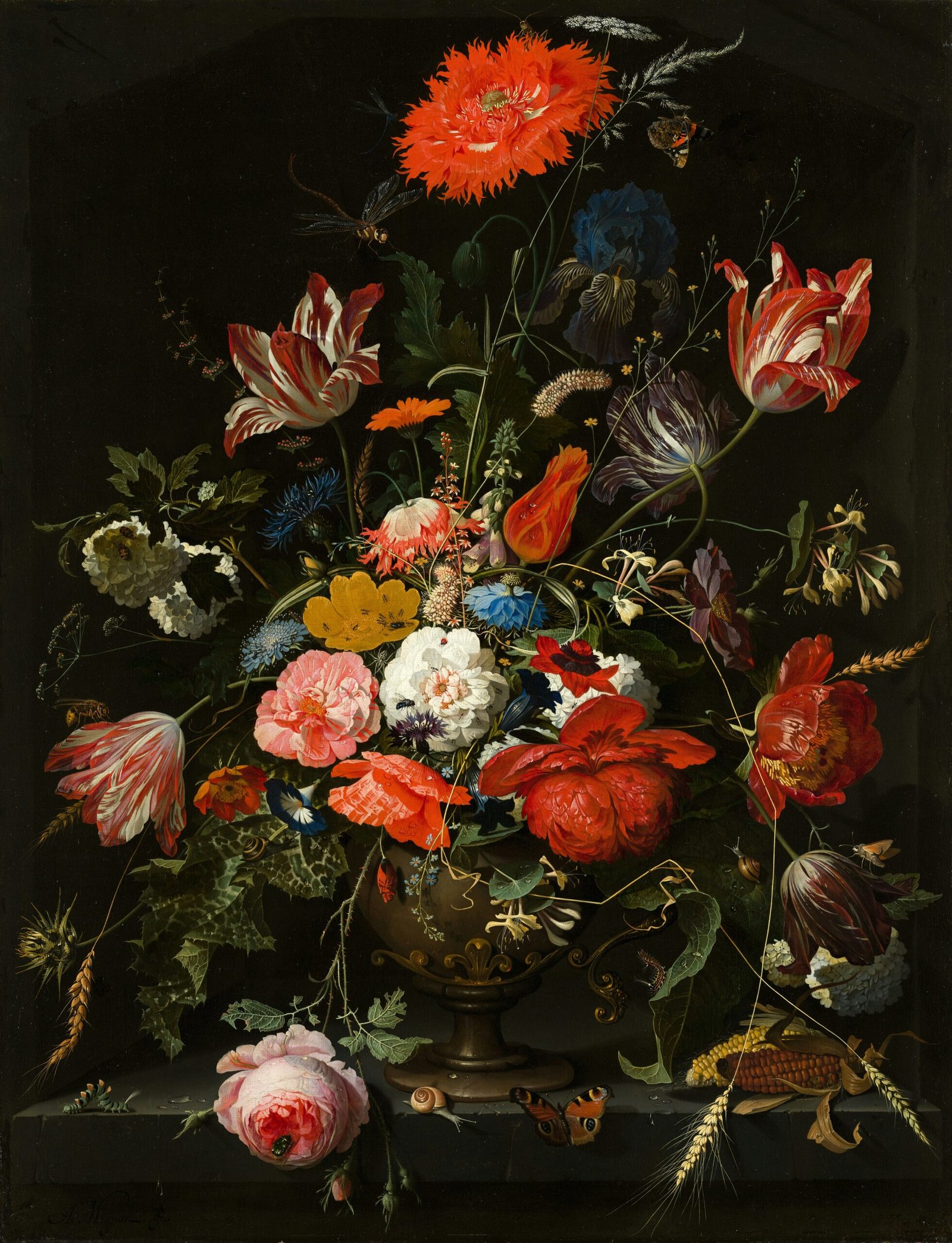
Art and Creativity: A Universal Language
Art and creativity have always played a fundamental role in human civilization, transcending time and culture. They have served as powerful means of communication, allowing individuals to convey their innermost thoughts and emotions to others. Whether it is through the stroke of a brush on a canvas, the chisel on a block of marble, or the melody of a symphony, art has the ability to evoke profound emotions and create a lasting impact on those who experience it.
Transcending Language Barriers
One of the key aspects of art is its ability to transcend language barriers. While words may fail to adequately express certain feelings or ideas, art can bridge that gap and provide a universal language that everyone can understand. A painting or sculpture can convey a complex narrative or evoke an emotional response without the need for words. It can speak directly to the soul, bypassing the limitations of verbal communication.
Challenging Societal Norms
Additionally, art and creativity have the power to challenge societal norms and provoke critical thinking. Throughout history, artists have used their work to question the status quo and shed light on social injustices. From Picasso’s Guernica, which depicted the horrors of war, to Banksy’s thought-provoking street art, artists have been at the forefront of social and political change.
Exploring Different Mediums
Moreover, art is not limited to traditional mediums such as painting or sculpture. It encompasses a wide range of disciplines, including music, dance, literature, and film. Each of these forms of artistic expression offers a unique way for individuals to explore their creativity and connect with others. Whether it is the rhythm of a dance or the lyrics of a song, art has the ability to transport us to different worlds and evoke a range of emotions.
Benefits for Mental and Emotional Well-being
Furthermore, art has been proven to have numerous benefits for individuals’ mental and emotional well-being. Engaging in creative activities has been shown to reduce stress, improve cognitive function, and enhance overall happiness. It provides a means of self-expression and self-discovery, allowing individuals to explore their own identities and find solace in the creative process.
Inspiration and Thought-provocation
Moreover, art has the power to inspire and provoke thought. It challenges us to question the status quo and think critically about the world around us. Artists often use their work as a medium to address social, political, and environmental issues, sparking conversations and driving change.
The Role of Art Education
In addition, art education plays a vital role in fostering creativity and critical thinking skills in individuals of all ages. By encouraging experimentation and problem-solving, art classes help students develop a unique perspective and approach to problem-solving that can be applied to various aspects of their lives.
Art and Society
On a societal level, art contributes to economic growth and cultural tourism. Museums, galleries, and festivals attract visitors from all over the world, stimulating local economies and promoting cultural exchange. The art market, with its auctions and sales, generates revenue and supports artists and their communities.
The Continuous Creative Process
Refinement: Once artists have reflected on their creation, they often go through a stage of refinement. This involves making adjustments and fine-tuning their artwork to ensure it meets their desired outcome. Artists may rework certain elements, add finishing touches, or make changes based on feedback received during the reflection stage.
Presentation: Once the artwork has been refined, artists prepare it for presentation. This may involve framing a painting, mounting a sculpture, editing a video, or preparing a performance. Artists carefully consider how their work will be displayed or shared, taking into account factors such as lighting, space, and audience engagement.
Exhibition: Many artists choose to showcase their work in exhibitions or galleries. This provides an opportunity for them to share their creations with a wider audience and receive recognition for their talent and creativity. Exhibitions can range from small local shows to international events, and artists often invest time and effort in promoting their work to attract visitors and potential buyers.
Documentation: As part of the creative process, artists often document their work through photography, videos, or written descriptions. This documentation serves multiple purposes, including archiving their creations for future reference, promoting their work online or in portfolios, and providing a way for others to experience their artwork when physical access is not possible.
Inspiration Cycle: The creative process is not a linear journey; it is a continuous cycle of inspiration, creation, and reflection. Artists often find that one artwork leads to another, as each piece sparks new ideas and possibilities. The inspiration cycle feeds their creativity, allowing them to evolve and explore new directions in their artistic practice.
Collaboration: While the creative process is often seen as an individual endeavor, collaboration can play a significant role in certain artistic practices. Artists may collaborate with other artists, technicians, or professionals from different disciplines to bring their ideas to life. This collaborative approach can result in unique and innovative artworks that combine different perspectives and expertise.
Evolution: The creative process is not static; it evolves and adapts over time. Artists continually seek new challenges, experiment with different techniques, and explore new mediums. This constant evolution allows artists to grow and develop their artistic voice, pushing the boundaries of their creativity and contributing to the ever-changing landscape of the art world.
The Cognitive and Cultural Impact of Art
Cognitive Development: In addition to its emotional impact, art also plays a significant role in intellectual growth and cognitive development. When individuals engage with art, they are exposed to new ideas, concepts, and ways of thinking. This exposure stimulates their cognitive processes, such as perception, attention, and memory.
Cultural Understanding: Art is a powerful medium for cultural expression and representation. It reflects the values, beliefs, and traditions of different societies and can provide insights into their history and identity. By engaging with art from various cultures, individuals gain a deeper understanding and appreciation for diversity.
Art for Well-being and Community
Stress Relief: In today’s fast-paced and stressful world, art can serve as a form of relaxation and stress relief. Engaging in artistic activities, such as painting, drawing, or playing a musical instrument, allows individuals to disconnect from their daily worries and focus on the present moment.
Community Engagement: Art has the power to bring people together and foster a sense of community. It creates opportunities for individuals to connect with others who share similar interests and passions. Art exhibitions, performances, and workshops serve as platforms for dialogue and collaboration.
The Many Facets of Art
Personal Expression: Art provides individuals with a platform for self-expression and creativity. Through various art forms such as painting, writing, music, and dance, people can express their emotions, thoughts, and experiences. This personal expression not only allows individuals to connect with themselves on a deeper level but also enables others to connect with and relate to their art, fostering empathy and understanding.
Education and Learning: Art is an essential component of education and learning. It helps develop critical thinking skills, problem-solving abilities, and enhances cognitive development. By engaging with art, students learn to analyze, interpret, and appreciate different forms of expression. Art education also promotes cultural awareness and understanding, exposing students to diverse perspectives and fostering a sense of empathy and tolerance.
Healing and Well-being: Art therapy is a recognized form of therapy that uses art as a means of healing and promoting well-being. It provides individuals with a safe and non-verbal outlet to express their emotions, reduce stress, and process traumatic experiences. Engaging in art can be a cathartic and therapeutic experience, allowing individuals to explore their inner thoughts and feelings in a supportive and creative environment.
Aesthetics and Beauty: Art adds beauty and aesthetic value to our surroundings. Whether it is a stunning painting, a captivating sculpture, or a mesmerizing dance performance, art has the ability to uplift and inspire. It enhances our physical environment, making it more visually appealing and enriching our daily lives. The presence of art in public spaces also creates a sense of pride and identity within a community.
Imagination and Innovation: Art fuels imagination and inspires innovation. Artists often push boundaries, challenge conventions, and explore new possibilities. Their creativity and unique perspectives encourage others to think outside the box and approach problems from different angles. Artistic expression stimulates innovation in various fields, including technology, design, and science, leading to advancements and breakthroughs.
Entertainment and Enjoyment: Art provides entertainment and enjoyment to individuals of all ages. Whether it is attending a theater performance, visiting a museum, or listening to music, art offers a form of escapism and allows us to experience different emotions and narratives. It brings joy, laughter, and a sense of wonder into our lives, enhancing our overall well-being and quality of life.
The Impact of Art on Society
Overall, art plays a multifaceted role in society, influencing our thoughts, emotions, and behaviors. It has the power to shape culture, challenge norms, and create positive change. By recognizing and valuing the importance of art, we can foster a more vibrant, inclusive, and enriched society.
